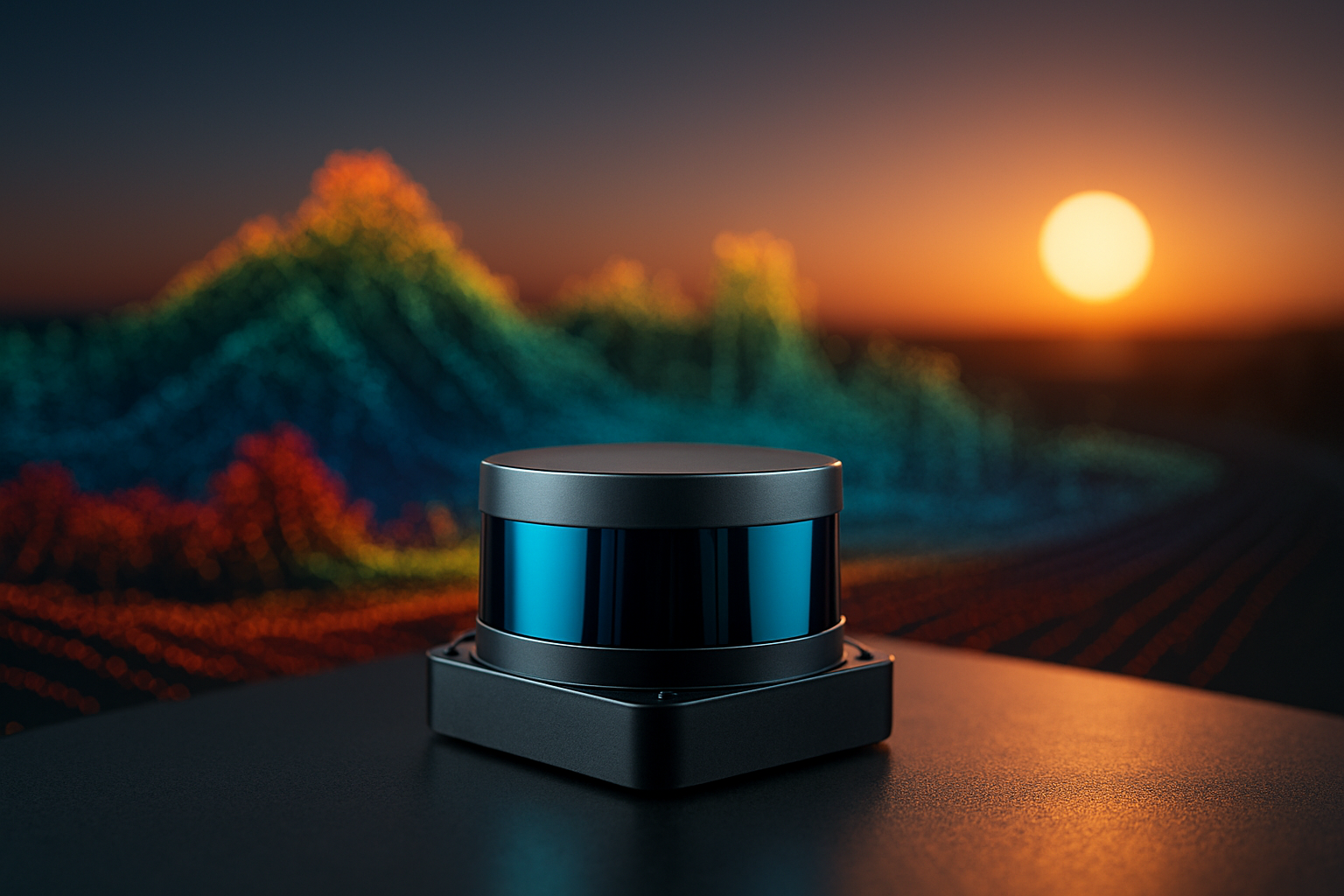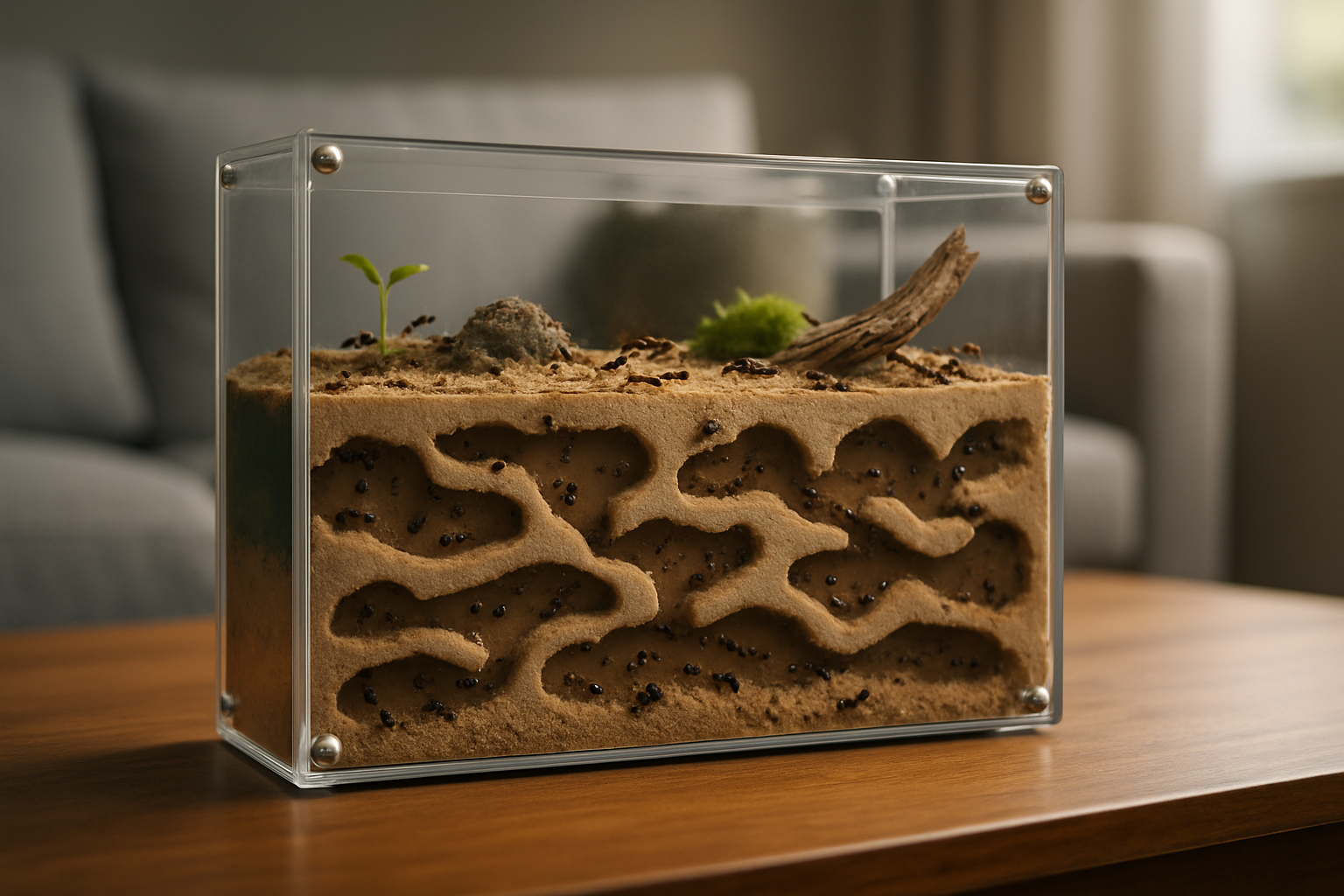The Dawn of Next-Gen LiDAR Technology
LiDAR (Light Detection and Ranging) has been around for a while, but recent advancements are shaking up diverse industries from autonomous vehicles to archaeology. Let’s dig into the evolution of this revolutionary technology and explore how it's shaping our future.

A Glimpse into LiDAR’s Past
LiDAR technology has its roots in the early 1960s, following the invention of the laser. Initially, it was used primarily in meteorology to measure cloud distance and density. It wasn’t until the 1980s that it started to gain traction in other fields. The advent of GPS technology made it possible to accurately determine the location of LiDAR sensor systems, expanding its uses to terrain mapping and forestry applications.
In recent years, the automotive industry, driven by the push for autonomous vehicles, has become one of the biggest adopters of LiDAR technology. Today, it’s an essential component in many self-driving car systems, providing detailed, real-time 3D maps of the surroundings.
LiDAR’s Present: From Self-Driving Cars to Smart Cities
Today, LiDAR is at the forefront of technology news, thanks to its integral role in autonomous vehicles. Companies like Waymo and Uber rely on LiDAR to enable their self-driving cars to ‘see’ their environment, making split-second decisions that keep passengers safe.
However, its use is not limited to autonomous vehicles. LiDAR is also being used to create smart city infrastructure, helping urban planners to create more efficient and sustainable cities. From managing traffic flow to optimizing waste management, LiDAR is helping to shape the cities of the future.
LiDAR’s Future: A World Shaped by Light
The future of LiDAR is looking brighter than ever. With advancements in solid-state LiDAR technology, future systems will be more efficient, reliable, and affordable. This will open up new possibilities for its application, from drone delivery systems to advanced home security solutions.
The potential of LiDAR to transform industries is immense. For instance, in agriculture, LiDAR can aid in precision farming by providing detailed topographical maps that can help farmers optimize planting and irrigation. In archaeology, it can uncover hidden structures and civilizations, giving us an unprecedented view into our past.
Price and Market Impact
While early LiDAR systems were prohibitively expensive, recent advancements have significantly reduced costs. A LiDAR sensor that cost tens of thousands of dollars a decade ago can now be produced for hundreds. This price reduction has made the technology more accessible and spurred its adoption across various industries.
The market for LiDAR technology is expected to grow exponentially in the coming years. According to Research and Markets, the global LiDAR market size was valued at $1.32 billion in 2020 and is expected to grow at a compound annual growth rate (CAGR) of 22.7% from 2021 to 2028.
Wrapping Up
LiDAR has come a long way since its inception, evolving from a niche meteorological tool to a technology that’s reshaping entire industries. As LiDAR technology continues to advance and become more affordable, we can expect it to play an increasingly integral role in our lives, from how we navigate our cities to how we grow our food.
The dawn of next-gen LiDAR technology is here, and it promises to illuminate the path to a brighter, more efficient future.






